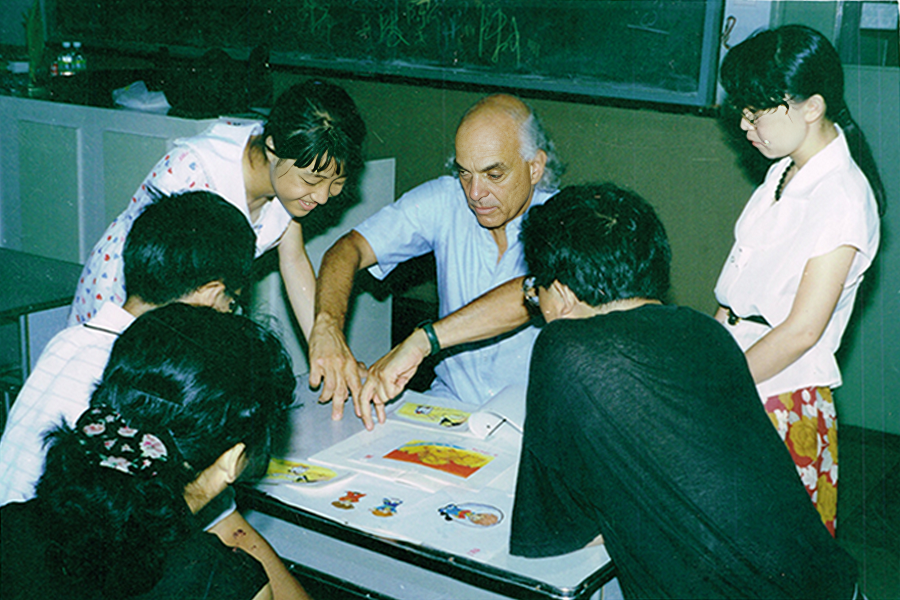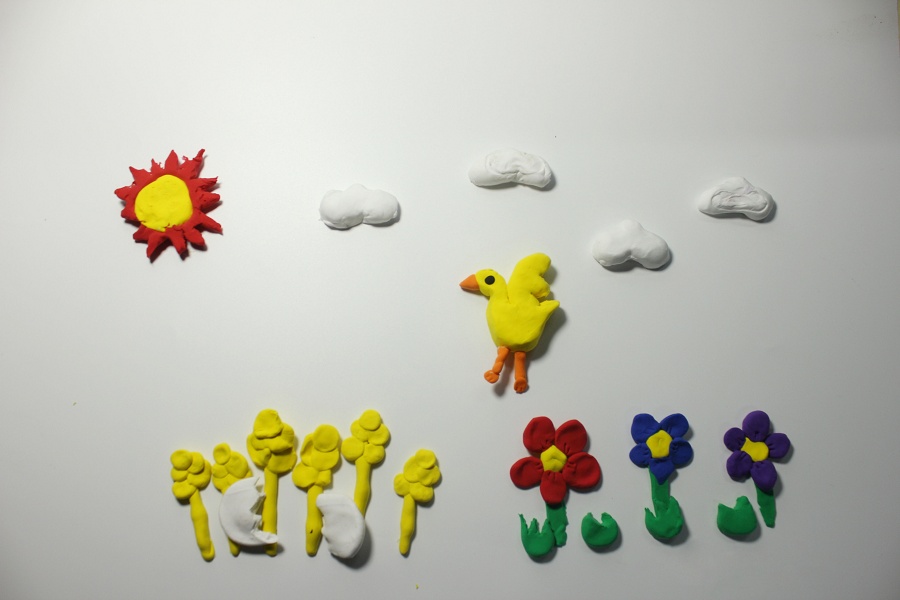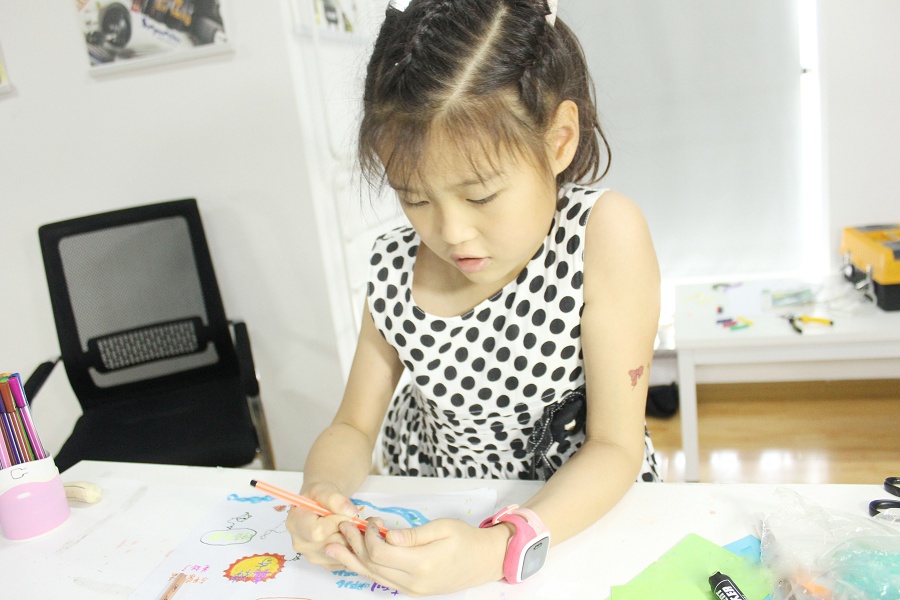Coloring Childhood With Animation

During the 2019 National Day holiday, my family traveled to Maribor, Slovenia, to accompany my daughter to the StopTrik International Film Festival. Her animated film, made at the age of seven, was chosen to be screened at the event. At the theater, my daughter interacted with a young local audience in English. Not only did she gain recognition but also interest in learning English.
The idea of coloring my daughter’s childhood with animation dates back to 2013 when I was teaching courses such as stop-motion animation in the Animation Department of the School of Arts at Southwest Minzu University. I worked on stop-motion animation at home as well, with blackout curtains drawn and doors closed to avoid the changing light throughout the day. One day, my five-year-old daughter opened the door out of curiosity to explore what was going on. Likewise, it led to her animation creations and my animation education for children.

David Ehrlich (middle) demonstrating how to make animated shorts in Shanghai in the summer of 1994.
Like many parents, I didn’t intend to guide my daughter to follow the same career path, knowing the inherent hardships of the industry. Behind the fun of animation was the sweat required to complete 24 frames per second. Only passion and patience can sustain animators in the industry. Stop-motion animation in particular requires considerable manual work to construct props and set up scenes even before moving the characters within frames to bring them to life. Characters could be a puppet with a moveable skeleton like in The Story of Afanti by Shanghai Animation Film Studio, a normally inert object like in Fresh Guacamole by American stop-motion animator Adam Pesapane (better known online as PES), and even our bodies as seen in Neighbors by Canadian animator Norman McLaren. And perhaps you can find a “secret”: No drawing skill is required to start making stop-motion animation.
Initially, I didn’t teach my daughter specific techniques to make stop-motion animation. Instead, I just asked her to move the little puppet on the desk bit by bit while helping operate the camera. I still vividly recall how joyful she looked when watching her first short animation made in five minutes. I subsequently gave my daughter an iPad loaded with stop-motion animation apps so she could convert her toys into animated characters. To my surprise, she even succeeded in filming a close-up transition, a technique between two shots, which she tried after watching other animations. The process of transforming experience into creativity without formal knowledge of relevant principles is autonomous. Once she gets it, it will be a life-long memory.

A still from The Adventure of Miraculous Rice Grains, produced by a child animator.
That success inspired me to engage animation majors in education activities. Not only can it broaden their employment opportunities, but it can also cultivate future animation directors if children are exposed to animation at an early age. David Ehrlich, former vice president of the International Animated Film Association and a professor at Dartmouth University in the United States, stepped up when I searched for some expert advice. Ehrlich has been teaching children animation around the world since 1979 and came to China in 1988 to organize animation workshops at primary schools in Shanghai. Later, they also spread Chinese animation and educated children on animation in France and the United States.
Ehrlich was very supportive of my idea and came to Chengdu, capital of Sichuan Province, to design the curriculum and lead a hands-on lesson for third-graders at a local primary school. We integrated mathematical knowledge with animation education and guided children to create stories about dots and lines as well as changing angles with stop-motion animation. We realized that children can not only develop imagination and creativity but also acquire knowledge via animation instead of passive listening. It was a joyful learning journey.

Zhou Kemi brainstorms a draft for her animated work The Adventure of Miraculous Rice Grains.
Hopefully, one day, children can express themselves with animation as easily as they do with drawing, singing, and dancing. Let’s plant the seeds of animation in the hearts of children and wait for the bloom.
The author is director of the Animation Department of the School of Arts at Southwest Minzu University, Sichuan Province, and co-founder of the 56-Moon Animation Festival.